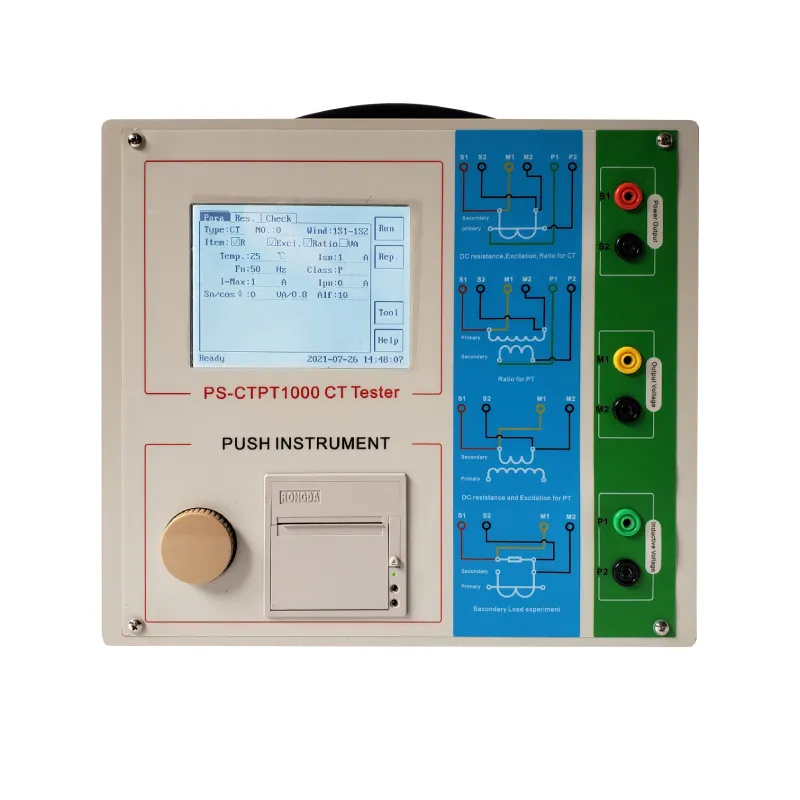 English
English


Electrochemical Methods for Analyzing Redox Reactions Through Potentiometric Titration Techniques in Chemistry
Redox Titration by Potentiometry An Analytical Approach
Redox titrations are a crucial analytical technique used to determine the concentration of oxidizing or reducing agents in a solution. Among various methods of conducting these titrations, potentiometry stands out for its precision and ease of use. This article explores the principles, procedures, and applications of redox titration by potentiometry, highlighting its significance in chemical analysis.
Principles of Redox Titration
Redox titrations are based on oxidation-reduction (redox) reactions where the transfer of electrons between species occurs. In a typical titration setup, a titrant of known concentration is systematically added to a sample solution containing an analyte of unknown concentration. As the titration progresses, the concentration of the reducible or oxidizable species changes, which can be monitored through changes in the electrical potential of the solution.
In potentiometric measurements, a high-impedance voltmeter is used to measure the potential difference between two electrodes immersed in the solution. One of these electrodes is generally a reference electrode with a stable potential, while the other is a working electrode, often a platinum or silver/silver chloride electrode, which responds to changes in the redox state of the solution.
Titration Procedure
The redox titration procedure begins with the preparation of the sample solution and the titrant. The sample solution is placed in a beaker, and a suitable indicator electrode is inserted. The titrant is gradually added from a burette while continuously stirring the solution. The potentiometer is connected to the electrodes, and the potential readings are recorded.
As the titration reaches the equivalence point—the point at which the amount of titrant equals the amount of analyte present in the solution—the potential will exhibit a sharp change indicative of the redox reaction reaching completion. This change is often sigmoidal in nature, allowing for the precise determination of the endpoint, which can then be used to calculate the concentration of the unknown analyte.
redox titration by potentiometry

Advantages of Potentiometric Titration
Potentiometric titration offers several advantages over traditional visual methods. Firstly, it eliminates the subjective nature of color change indicators, which can be influenced by factors such as sample turbidity or color. Secondly, potentiometric measurements can provide more precise and reproducible results, particularly for solutions that may not exhibit distinct color changes near the endpoint.
Furthermore, this method is applicable to a wide range of redox reactions, enabling the analysis of substances like iron, copper, and organic compounds under varying conditions. Potentiometry can be performed in neutral, acidic, or alkaline conditions, making it versatile for different types of analyses.
Applications
The applications of potentiometric redox titration are broad and impactful. In industrial settings, it is frequently employed for quality control in the food and beverage industry to determine antioxidant levels or assess the concentration of preservatives. Moreover, it plays a vital role in environmental monitoring, where it can be used to measure pollutants in water samples, ensuring compliance with regulatory standards.
In research laboratories, potentiometric redox titrations contribute to the understanding of complex redox chemistry processes. They are essential in studies of electrochemistry, where knowledge of redox potentials can provide insights into reaction mechanisms and kinetics.
Conclusion
Redox titration by potentiometry is a powerful analytical tool that enhances the accuracy and reliability of concentration measurements in a variety of applications. Its reliance on electrical measurements provides a clear advantage over more traditional methods, making it an essential technique in both industrial and research contexts. As analytical methods continue to evolve, potentiometric redox titration will likely remain a key area of focus for chemists aiming for precision and accuracy in chemical analysis.
-
Differences between open cup flash point tester and closed cup flash point testerNewsOct.31,2024
-
The Reliable Load Tap ChangerNewsOct.23,2024
-
The Essential Guide to Hipot TestersNewsOct.23,2024
-
The Digital Insulation TesterNewsOct.23,2024
-
The Best Earth Loop Impedance Tester for SaleNewsOct.23,2024
-
Tan Delta Tester--The Essential Tool for Electrical Insulation TestingNewsOct.23,2024





